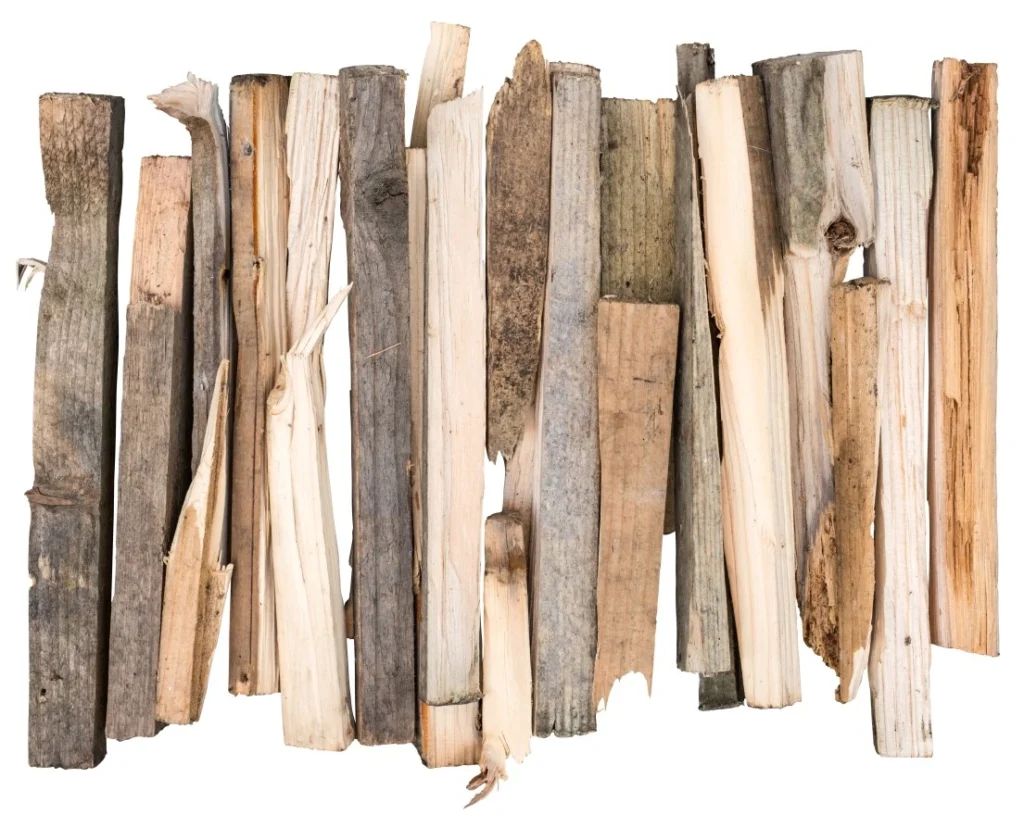Whether furnishing a cozy living area or curating heirloom-quality pieces for a dining room, choosing the right material is a step that defines not just beauty, but the longevity, character, and usefulness of furniture. The journey begins with understanding the different types of wood available and how each contributes uniquely to form and function. Wood is more than just a building material—it carries warmth, texture, history, and emotion. For homeowners, especially women who take pride in their spaces, selecting wood types should reflect both lifestyle needs and aesthetic tastes.
Exploring Hardwood vs. Softwood for Furniture
At the very foundation of selecting wood, we must distinguish between hardwood and softwood. These categories don't refer to rigidity or density alone but rather stem from the botanical nature of the trees themselves.
Hardwood Characteristics
Hardwoods come from deciduous trees, such as oak, walnut, maple, and cherry. These trees grow slowly, yield dense wood, and are ideal for high-use furniture like dining tables, bed frames, and chairs. Some notable qualities of hardwood include:
- Durability and strength
- Natural resistance to scratches and dents
- Often deeper, richer grain patterns
- Typically more costly due to slower growth and quality
Softwood Characteristics
Softwoods are harvested from coniferous trees like pine, cedar, and fir. As these trees grow faster, the wood tends to be lighter and less dense. Softwoods are frequently chosen for casual furniture, shelving, or rustic pieces due to their affordability and ease of manipulation.
- Lightweight and easier to shape
- More susceptible to nicks and dents
- Generally less expensive
- More sustainable because of rapid regrowth
Neither class is universally better; they simply suit different purposes, aesthetics, and budgets. When designing a living space, the choice between hardwood and softwood often comes down to intended use and personal preference.
Popular Hardwood Types for Furniture
Hardwoods are commonly seen as investment pieces in homes. Their resistant nature means they wear beautifully over time, often becoming more valued. These are some of the most sought-after hardwoods in furniture making.
Oak
Renowned for strength and classic wood grain, oak is among the most iconic furniture woods in American households. It resists moisture quite well and holds finishes nicely, making it versatile for both traditional and contemporary interiors.
White oak, in particular, pairs wonderfully with Shaker-style cabinets and rustic dining tables. Red oak, a bit less dense, still performs well in accent pieces like chairs or bookshelves.
Maple
Tight-grained and exceptionally durable, maple is ideal for furniture that sees heavy daily use. It's a favorite among families, often used for kitchen tables, dressers, or butcher blocks. It has a subtle grain that accepts staining to resemble more expensive woods like cherry or mahogany.
Maple performs well in modern settings where smoother, uniform finishes are desired.
Walnut
Walnut is treasured for its deep, rich color and dramatic grain patterns. It brings sophistication to any room and is commonly seen in high-end or mid-century furniture. Because of its natural tone, walnut is often left unstained or lightly finished to showcase its luxurious chocolate-brown hue.
Used for statement pieces like elegant sideboards or headboards, walnut invites depth and craftsmanship into the home.
Cherry
Cherry wood matures with age, deepening in tone from pinkish light brown to a warm reddish-brown over time. It is prized for this graceful aging process and its fine, smooth grain. Often selected for heirloom-quality furniture such as writing desks and curio cabinets, cherry brings a gentle, traditional charm to any space.
Softwoods That Shine in Furniture Design
Softwoods may not enjoy the same prestige as hardwoods, but they have a charm and functionality that’s difficult to ignore—especially for airy, cottage-style, or farmhouse-inspired homes. When treated and crafted thoughtfully, softwood furniture stands the test of time.
Pine
Pine is one of the most commonly used softwoods in furniture. It’s lightweight, practical, and full of rustic character. The knots within pine lend a very natural, aged aesthetic that works beautifully in casual settings—from farmhouse-style dining tables to handcrafted headboards.
Its affordability also makes it ideal for DIY furniture projects or children’s bedroom sets.
Cedar
Recognized instantly by its fragrance, cedar is naturally insect-repellent, making it a top choice for chests, wardrobes, and closets. It doesn't just smell pleasant—it performs. Cedar carries a rustic beauty, particularly fitting for outdoor furniture or log cabin décor, where its resistance to weather and pests is highly valued.
Fir
Often overlooked, fir is harder than many softwoods, offering moderate durability while keeping costs low. It’s usually used in interior framework but also finds a place in contemporary minimalist furniture thanks to its smooth grain and consistent texture.
Exotic and Specialty Woods
Beyond the common domestic options lies a world of exotic and specialty woods. These are generally more expensive, both due to rarity and the challenge of working with them. They bring uniqueness that stands apart.
Teak
A tropical hardwood best known for its water resistance, teak is favored in both indoor and outdoor applications. Its high oil content makes it nearly impermeable to weather, insects, and mildew. Teak’s golden-brown color ages elegantly into a silvery patina if left untreated.
Its luxurious reputation makes it ideal for patio furniture or spa-like bathroom vanities.
Mahogany
A classic choice for traditionalists, mahogany delivers luxurious consistency and a reddish-brown hue that deepens over time. It’s often used for statuesque pieces like canopy beds or executive desks and remains a symbol of elegance.
Acacia
Highly sustainable and deeply grained, acacia makes a strong impression. It grows quickly, making it more accessible as an eco-conscious hardwood option. Acacia works especially well in bohemian or transitional design schemes.
How to Choose the Right Wood for Your Home
Selecting from the different types of wood depends on several personal and practical considerations:
- Budget: Hardwood generally costs more than softwood. Exotic hardwoods cost even more.
- Style preference: Do you crave modern minimalism or traditional comfort? Wood tone and grain can define that.
- Room conditions: Bathrooms or kitchens might require moisture-resistant woods like teak or sealed maple.
- Maintenance: Walnut and cherry darken gracefully, while pine may need more upkeep due to its softer nature.
Often, wood plays a central role in shaping how furniture defines a room. A walnut media console brings gravitas to a living room, while painted pine side tables offer playful charm.
For those exploring styles like French Provincial furnishings, woods like oak and cherry make excellent companions with their stately grains and period-appropriate character.
Choosing Finishes and Sustainability Considerations
Wood finish changes everything. A simple stain can bring out the grain figure, complement other textures in the room, and alter the perceived scale of space. Glossy finishes highlight formal settings, while matte or oil finishes evoke warmth and casual charm.
We also urge homeowners to consider the sustainability of their wood selections. Look for certifications like FSC (Forest Stewardship Council) that assure responsible sourcing. Reclaimed wood furniture also offers an environmentally-conscious path, adding charm and history to any household piece.
As you plan larger home updates, such as renovating a bathroom, incorporating reclaimed or FSC-certified furniture can support both design goals and mindful living.
Bringing It All Together
Exploring different types of wood not only helps in understanding material durability or cost—it’s also about uncovering the emotional and aesthetic connection we form with the spaces we curate. Each wood type tells its own story: pine whispers countryside comfort, walnut delivers timeless strength, while cherry blossoms into deep heritage. Furniture made from these woods becomes part of our routines, our homes, and our memories.
Whether designing one inviting corner or refurnishing your entire home, making informed choices about materials can lead to both beauty and longevity. From practical pine for a bookshelf to the stateliness of oak in a family heirloom, the right decision begins with recognizing the essence of each material.
In a home where every room can reflect who you are and how you live, understanding the different types of wood sets the stage for furniture that truly belongs.



